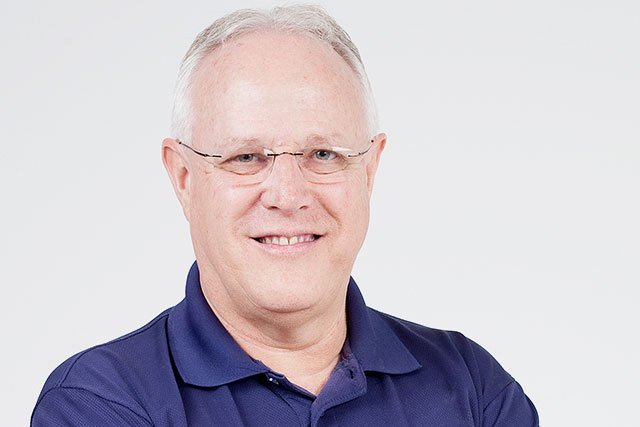
The only way to stop load-shedding is to replace poor-performing coal-fires power stations with reliable and low-cost wind, solar PV, battery storage, and gas-to-power generation.
This is the view of energy analyst Chris Yelland, who was speaking to ENCA about the recent spate of load-shedding across South Africa.
South Africa is currently experiencing the worst year ever for load-shedding, despite the respite the lockdown and economic slowdown brought.
In May, Eskom CEO Andre de Ruyter said they used the lockdown, which resulted in much lower energy demand, to perform short-term maintenance.
He added that Eskom’s “reliability maintenance programme” was making good progress to address the maintenance backlog.
At the time, Eskom was so confident in its progress that it did not expect more than three days of stage 1 load-shedding this winter, which should occur late in July.
De Ruyter and his management team clearly underestimated the problems which Eskom face, and now seem to realise the difficulty of fixing the company.
Eskom told Parliament that it expects power constraints to persist for at least the next year, adding that load shedding may extend into 2022 depending on the pressure on the system.
Yelland is less surprised by the ongoing load-shedding, saying maintenance is not the solution to the problem.
“Maintenance is necessary, but the best that can be hoped for is that maintenance will stabilise the energy availability factor, which is at a very low level,” he said.
There is only one solution to load shedding – Yelland
Yelland said what the country needs is 6,000MW of new generation capacity in the next two to three years.
He said unless South Africa launches courageous and bold decision policy initiates, load-shedding is here to stay.
He said these policy initiatives must be aimed at replacing the old and poor performing coal-fired power stations with new generation capacity.
This new generation capacity should come from low-cost and reliable wind, solar PV, battery storage, and gas-to-power.
Yelland added that this new capacity procurement will not come from Eskom, which is why legislative and policy changes are needed.
“That is the only solution going forward and the policymakers must get this message loud and clear,” he said. “It is time to stop pussyfooting about this matter.”
Energy policy and investment specialist Anton Eberhard concurred with Yelland, saying alternatives to Eskom are needed to build capacity.
He said because of Eskom’s unsustainable debt levels it has no possibility of raising new finance for new generation capacity.
“That is why we need to see alternatives. That is why we need to accelerate IPPs on a utility-scale to free up the market,” Eberhard said.


